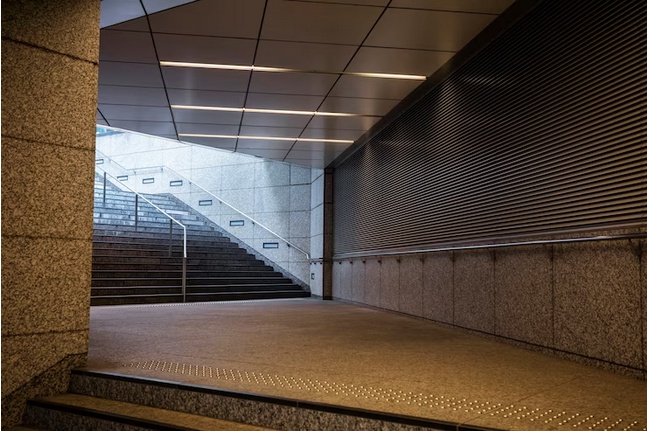In the ever-evolving landscape of architecture, construction, and space utilization, innovation plays a critical role in maximizing the functionality of existing structures. Mezzanine floors, an architectural concept that has gained significant traction, offer a versatile solution for optimizing space within buildings. This essay aims to explore the advantages of mezzanine floors, shedding light on their definition, benefits, applications, and the transformative impact they have on space utilization.
Defining Mezzanine Floors
Mezzanine floors are intermediate levels or platforms inserted between two main floors within a building, creating additional usable space without the need for extensive expansion or structural modifications. These platforms are typically constructed as raised platforms, often connected by stairs or ramps, and are designed to accommodate various functions, from storage to office spaces.
Advantages of Mezzanine Floors
-
Space Optimization: One of the most significant advantages of mezzanine floors is their ability to optimize existing space. Rather than extending a building's footprint, mezzanine floors utilize vertical space, making them an ideal solution for warehouses, industrial facilities, and commercial spaces looking to maximize space within limited square footage.
-
Cost-Effective Expansion: Traditional building expansions can be costly and time-consuming. Mezzanine floors offer a cost-effective alternative by utilizing the vertical space that already exists within a building. This results in considerable savings compared to constructing new rooms or wings.
-
Versatility: Mezzanine floors are incredibly versatile and can be tailored to suit various purposes. They can be used as additional storage space, office areas, lounges, showrooms, or even recreational spaces, depending on the needs of the building occupants.
-
Ease of Installation: The installation process of mezzanine floors is generally quicker and less disruptive than traditional construction projects. Pre-fabricated components can be assembled efficiently, minimizing downtime for the building.
-
Customizability: Mezzanine floors can be designed and customized to match the existing aesthetics and functionality of the building. Different materials, finishes, and layouts can be chosen to seamlessly integrate the new space with the surrounding environment.
-
Enhanced Productivity: In industrial settings, mezzanine floors can be used to create dedicated workspaces or storage areas, improving workflow and efficiency. By segregating processes, businesses can reduce congestion and streamline operations.
-
Quick Return on Investment: Due to their relatively lower construction costs and the ability to swiftly create usable space, mezzanine floors can provide a quick return on investment for businesses seeking to expand or optimize their operations.
Applications of Mezzanine Floors
-
Warehouses and Distribution Centers: Mezzanine floors are particularly popular in warehouses and distribution centers. They provide additional storage space for goods, enabling businesses to manage inventory more efficiently and reduce clutter on the main floor.
-
Retail and Showrooms: In retail environments, mezzanine floors can serve as showrooms or display areas for products. This not only maximizes retail space but also offers customers a unique shopping experience.
-
Offices: Many office spaces are adopting mezzanine floors to create additional working areas, private meeting rooms, or breakout spaces. This fosters a dynamic work environment and promotes collaboration.
-
Manufacturing Facilities: Mezzanine floors can be integrated into manufacturing plants to house machinery or serve as observation decks for overseeing production processes.
-
Entertainment Venues: In entertainment venues like theaters, cinemas, or auditoriums, mezzanine floors can accommodate lounges, cafes, or VIP seating areas.
Transformative Impact on Space Utilization
Mezzanine floors have a transformative impact on space utilization by making the most of vertical dimensions. Their ability to create usable areas without significant structural changes revolutionizes the way buildings are designed and utilized. By leveraging mezzanine floors, businesses can create multifunctional spaces that adapt to their evolving needs.
Conclusion
Mezzanine floors represent a paradigm shift in how architects, builders, and businesses approach space optimization. Their unique advantages, from space optimization and cost-effective expansion to versatility and quick return on investment, position them as a crucial tool in addressing the challenges of limited square footage. The applications of mezzanine floors span various industries, from warehousing and manufacturing to retail and offices, underscoring their universal appeal. As the demand for innovative space solutions grows, mezzanine floors stand as a testament to the ingenuity of design and construction, offering a tangible pathway to elevating space utilization to new heights.


No comments yet